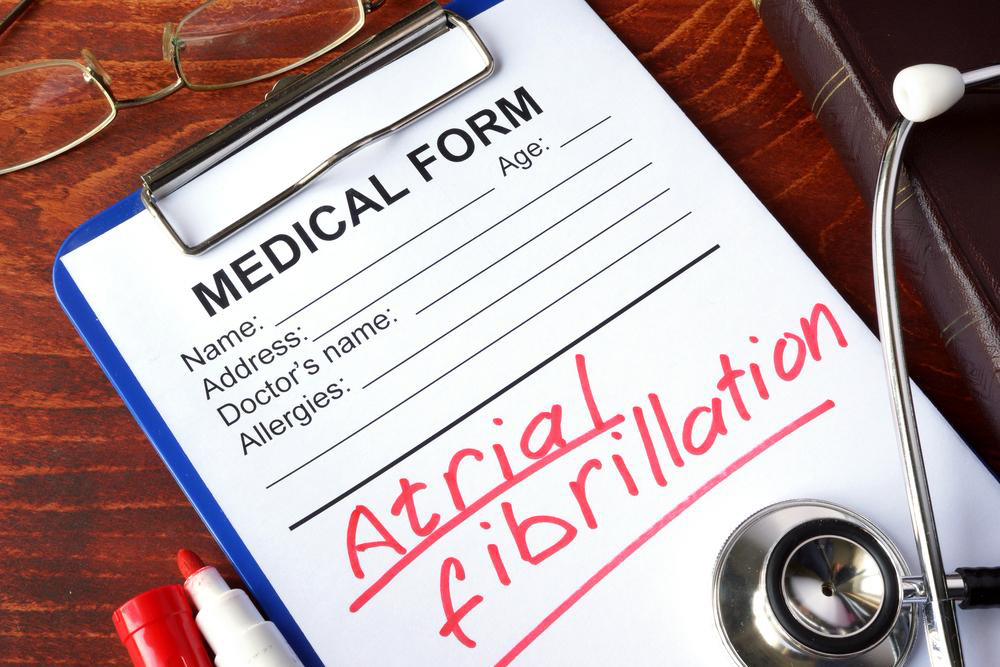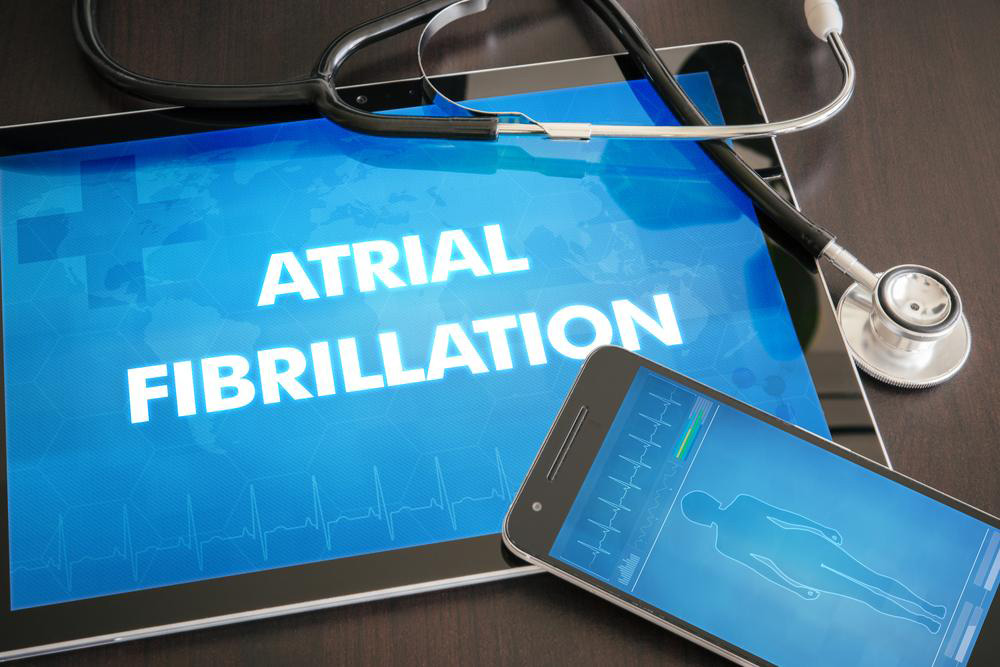Comprehensive Guide to Atrial Fibrillation: Causes, Symptoms, and Treatment Options
Atrial Fibrillation (AFib) is a common but often overlooked heart rhythm disorder that can lead to serious health complications like strokes and heart failure. This comprehensive guide covers the causes, symptoms, types, and treatment options for AFib. Recognizing symptoms early and understanding the different types of AFib can significantly improve patient outcomes. Early diagnosis and management through lifestyle changes, medication, or procedures can help prevent life-threatening events and maintain optimal heart health. Stay informed with this detailed overview of AFib.

Comprehensive Guide to Atrial Fibrillation: Causes, Symptoms, and Treatment Options
Atrial Fibrillation (AFib) is one of the most common cardiac arrhythmias affecting millions worldwide, including approximately 2.7 million Americans. Despite its prevalence, many individuals remain unaware of the risks associated with AFib or may not even realize they have this condition. Understanding AFib, its causes, symptoms, and available treatments is crucial for early detection and prevention of severe complications such as stroke, heart failure, and blood clots. This detailed guide aims to provide an in-depth explanation of AFib, helping individuals recognize symptoms and seek timely medical intervention to safeguard their heart health.
What Happens During AFib?
The human heart functions through a well-coordinated electrical system that facilitates steady contractions and relaxations, ensuring efficient blood circulation throughout the body. Normally, the heart's atria (the upper chambers) contract in sync with ventricles, pumping deoxygenated blood into the lungs and oxygenated blood to various tissues. During relaxation, blood flows passively into these chambers, maintaining a regular rhythm. Heart sounds, commonly called “lub-dub,” result from valve closures during these cycles. However, in atrial fibrillation, this synchronized sequence is disrupted. The atria begin to quiver or fibrillate instead of contracting effectively, leading to irregular and often rapid heartbeats.
This malfunction interferes with the heart’s ability to pump blood efficiently, which can lead to the formation of blood clots within the atria. These clots pose a significant risk because they can travel through the bloodstream, potentially causing blockages in the brain (stroke), or other vital organs. The instability in heart rhythm is often influenced by underlying health conditions such as high blood pressure, elevated cholesterol levels, obesity, or diabetes. Moreover, AFib significantly increases the risk of serious cardiovascular events, such as strokes, with studies indicating that 15-20% of strokes are associated with AFib, highlighting the importance of diagnosis and management.
Recognizing Symptoms of Atrial Fibrillation
The symptoms of AFib can vary from person to person. Many individuals experience noticeable changes in their heartbeat, described as fluttering, pounding, or a sensation that the heart is skipping beats. Some might feel a rapid pulse or an irregular rhythm, often felt during physical exertion or sudden stress. Because of irregular blood flow, symptoms may include nausea, weakness, dizziness, chest discomfort, or shortness of breath. Feeling anxious or experiencing excessive sweating are also common symptoms that signal the need for medical evaluation. Severe cases may lead to fainting or severe fatigue. Recognizing these signs early is vital because prompt medical attention can prevent further complications, especially strokes and heart failure.
Types of Atrial Fibrillation and Their Characteristics
AFib is not a one-size-fits-all condition; it has several distinct types based on duration, occurrence, and underlying pathology. Understanding these types helps healthcare providers create personalized treatment plans and allows patients to better comprehend their condition.
Paroxysmal AFib — This type involves episodes that start suddenly and stop on their own within 24 hours to a few days. Patients often experience intermittent symptoms, which may occur sporadically and resolve without advanced intervention. Despite the transient nature, recurrent episodes should be monitored closely because they may progress.
Persistent AFib — When episodes last longer than a week and do not resolve spontaneously, treatment strategies such as cardioversion (electric shock or medication) are often employed to restore normal rhythm. Persistent AFib requires ongoing management to prevent recurrence.
Long-standing Persistent AFib — Characterized by continuous irregular heartbeat lasting over a year, this type often becomes more challenging to treat and may require complex interventions, including long-term medication or invasive procedures.
Permanent AFib — When rhythm control is no longer feasible or desired, and the irregular rhythm continues indefinitely, it is classified as permanent AFib. The focus then shifts to controlling symptoms and reducing risks rather than restoring normal rhythm.
Non-Valvular AFib — This form occurs without involvement of mitral or aortic valve disease. It typically has different management strategies compared to valvular AFib, especially concerning anticoagulation therapy.
Understanding these variations provides crucial insights into potential treatment pathways, risk assessments, and lifestyle modifications. Maintaining regular follow-up with healthcare providers detects any progression or complications early, enhancing patient outcomes.





